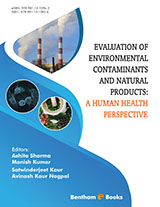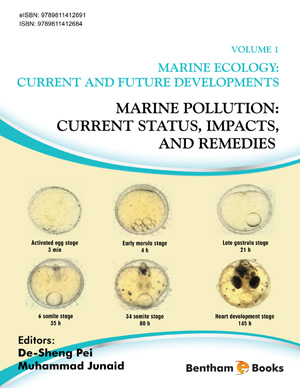Abstract
The Kole land supports a variety of macrophytes, and their associated fauna. The present study was conducted to assess the macroinvertebrate communities associated with the microhabitats of macrophytes, Monochoria vaginalis and Eichhornia crassipes from the Ponnani kole. The samples were collected during premonsoon, monsoon and post monsoon seasons from 1 m2 area of the vegetation. The area was demarked into quadrates. The samples were then taken using a scoop net and immediately transferred in to a polythene bag along with water. The vegetation in the polythene bag which served as the sampling unit was taken to the laboratory to observe the abundance and diversity of macroinvertebrates associated with the macrophytes. Physico-chemical parameters such as pH, temperature, salinity and dissolved oxygen were also analyzed. The number of organisms in each group associated with the macrophytes were identified. The identified taxa were Annelida, Crustacea, Insecta, Arachnida, Gastropoda and Bivalvia. The taxa Insecta & Crustacea were found dominant in both Monochoria vaginalis and Eichhornia crassipes during pre and post monsoon. While during monsoon Insecta alone were found dominating in both the macrophytes. Twenty seven species of macroinvertebrates were found associated with the two macrophytes. On Monochoria vaginalis a total of nineteen species and on Eichhornia crassipes twenty two species of macroinvertebrates were observed. The results of the present study reveal that the two macrophytes provide habitat for diverse invertebrates, the abundance of which denotes the rich productivity of the area.
Keywords: Eichhornia crassipes, fauna, kole land, macroinvertebrates, macrophytes, Monochoria vaginalis, wetland ecosystem.









